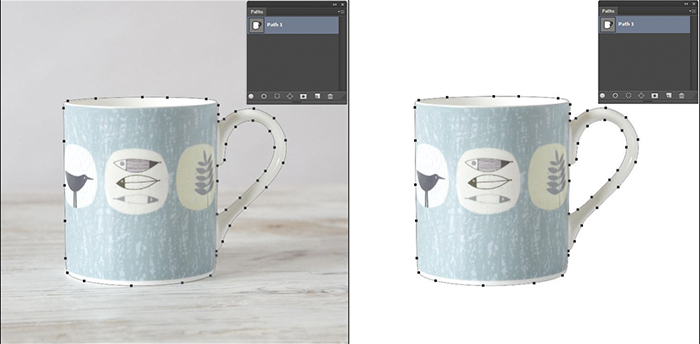Clipping paths enable precise image manipulation
In the world of digital imaging and graphic design, a clipping path is an essential technique used to isolate objects or subjects from their backgrounds. It involves creating a closed path or vector outline around the desired area, which allows for easy extraction and manipulation. Clipping paths are widely utilized in various industries, including photography, e-commerce, advertising, and publishing, to achieve precise and professional-looking results. This guide will explore the concept of clipping paths in detail, covering its definition, applications, creation methods, and tips for achieving optimal results.
- Definition of Clipping Path:
A clipping path, also known as a deep etch or a closed vector path, is a graphic design technique used to extract an object or subject from its background. It involves creating a closed path around the object's edges, effectively separating it Clipping path from the surrounding pixels. The resulting path can be used to isolate the object, remove the background, or apply various modifications without affecting other elements in the image.
- Applications of Clipping Paths:
2.1 Product Photography: Clipping paths are extensively used in e-commerce and product photography. They allow photographers and graphic designers to remove distracting backgrounds and create clean, consistent product images that are ideal for online catalogs and advertisements.
2.2 Image Manipulation: , allowing designers to modify specific elements within an image while keeping other parts intact. This technique is commonly employed for retouching photos, adjusting colors, replacing backgrounds, or creating composite images.
In the publishing industry, clipping paths are essential for isolating images and integrating them seamlessly into layouts. They enable precise control over image placement, ensuring that the visuals complement the text and other design elements.
2.4 Advertising and Marketing: Clipping paths play a vital role in creating eye-catching advertisements and promotional materials. They allow for the removal of unwanted elements, insertion of new backgrounds, and the incorporation of various effects, ultimately enhancing the visual impact of marketing campaigns.
- Creating Clipping Paths:
3.1 Manual Clipping Paths: Creating a clipping path manually involves using image editing software, such as Adobe Photoshop, to draw a path around the object's edges. Designers use the Pen Tool or other selection tools to trace the object's outline, ensuring accuracy and precision. Once the path is closed, it can be converted into a selection, allowing for background removal or other modifications.
3.2 Automated Clipping Paths: Automated or semi-automated tools are available in some software applications to create clipping paths. These tools utilize algorithms and edge-detection techniques to generate paths automatically, speeding up the process for images with well-defined edges. However, automated methods may not always produce accurate results, especially for complex or detailed objects, requiring manual refinement.
- Tips for Achieving Optimal Clipping Paths:
4.1 Zoom In and Work with Precision: When creating a clipping path, zooming in on the image allows for more precise control over the path's placement and smoothness. This ensures that no unwanted background or object pixels are included in the final selection.
4.2 Use Bezier Handles Effectively: Bezier handles are control points used to adjust the curvature and shape of the path. Properly manipulating these handles can help achieve smooth and accurate paths, especially around curves and complex shapes.
4.3 Make Use of Clipping Path Tools: Various software applications offer dedicated tools and features specifically designed for creating and editing clipping paths. Familiarize yourself with these tools and explore their functionalities to optimize your workflow and achieve better results.
4.4 Refine Edges and Perform Quality Checks: After creating the initial path, it's essential to refine the edges and ensure that there are no jagged or rough areas. Pay attention to fine

Comments
Post a Comment